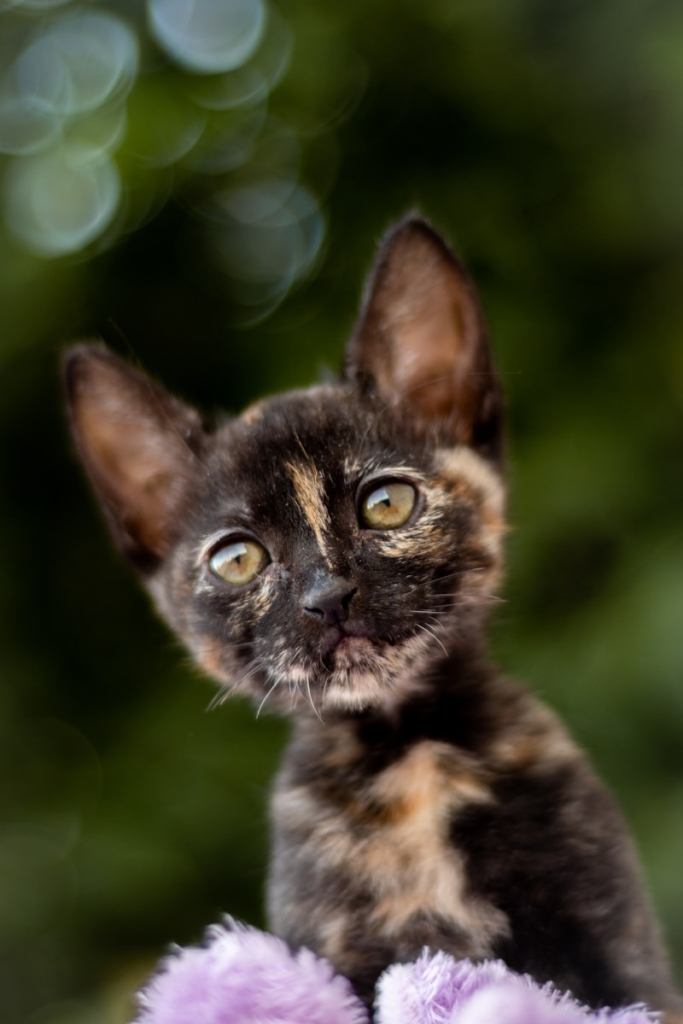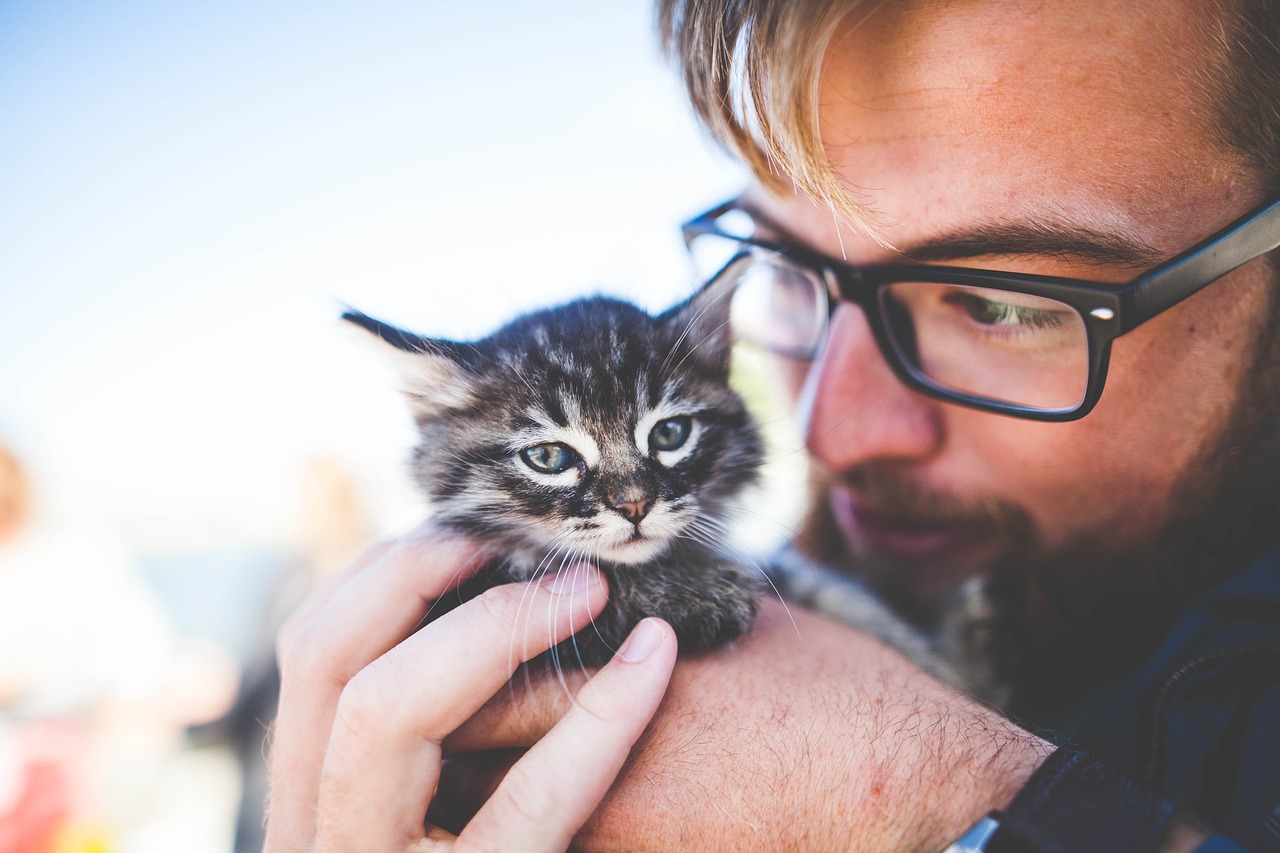Appearance and color variations
It’s hard not to notice a tortoiseshell cat. Their appearance is striking, with their uniquely colored fur. No two felines are the same, and genetics control the variations. The vast majority are also female, adding to their mystique. The pattern is more prevalent in some breeds, but the tortoiseshell is not a breed; it merely describes the color pattern.

The term describes animals with a mottled patchwork of orange and non-orange hues. They can be black or some variation, from ginger to chocolate to cream. Calicos are similarly colored, with the addition of white, making them a tri-colored variant of the tortoiseshell cat. However, the Tortoiseshell Cat only has black and orange markings.
The different shades in tortoiseshell cats come in various combinations, creating a stunning variety. Some tortoiseshell cats, for instance, may showcase a more diluted coat, featuring softer, pastel-like colors instead of the traditional vivid hues. This variation includes shades like gray, cream, and buff, earning them the nickname “dilute tortoiseshell.” On the other hand, some tortoiseshell cats may have a pattern referred to as “brindled,” where the colors swirl and blend more uniformly, giving them a different yet equally captivating look.
Understanding these variations helps cat lovers appreciate the visual artistry in each tortoiseshell cat’s coat. Whether the colors are stark with high contrast or softly blended, each tortoiseshell cat carries a unique pattern that makes them a beautiful, living piece of art.
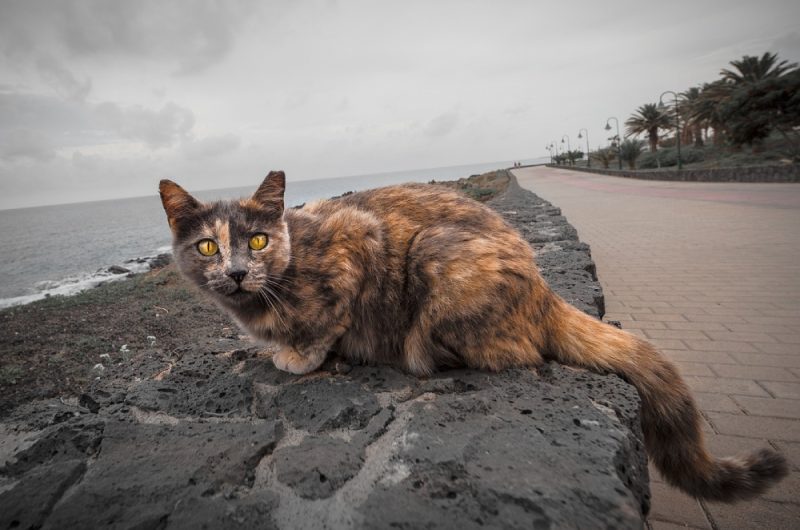
Genetic explanation
The genetics behind tortoiseshell cats is a fascinating topic that bridges biology and visual uniqueness. At the heart of their distinctive appearance is the X chromosome, which carries the genes responsible for their fur color. The gene that produces the orange fur color (O) is located on the X chromosome, one of the sex chromosomes determining whether a cat is male (XY) or female (XX).
Female tortoiseshell cats have two X chromosomes, allowing for the combination of orange and black coloring due to a phenomenon called X-inactivation. This process randomly deactivates one of the X chromosomes in each cell early in the embryo’s development. As a result, some cells express the black fur color, while others express the orange color, producing the tortoiseshell’s patchwork effect.
Male tortoiseshell cats are exceedingly rare. Because males typically have only one X chromosome (XY), they can’t usually exhibit the two-color mosaic seen in females. For a male cat to be a tortoiseshell, he must have a genetic anomaly, such as Klinefelter syndrome (XXY), which means he has an extra X chromosome. This condition makes it possible for both orange and black fur coloring to be present. However, such males are often sterile.
Interestingly, the genetic mosaicism in female tortoiseshell cats contributes to their unique nature. It’s akin to nature’s way of painting with a palette that’s both random and intricate, ensuring no two tortoiseshell cats look exactly alike. This genetic richness not only impacts their fur color but can have broader biological consequences. It’s a vivid demonstration of how genetic expression can manifest physically and visually in such striking ways.
“In essence, the beauty of a tortoiseshell cat is a tapestry of nature’s genetic handiwork, painted uniquely on each feline canvas.”—Cat Enthusiast Magazine
The study and appreciation of these mesmerizing patterns extend beyond casual admiration. Scientists and geneticists delve deep into understanding the chromosomal mechanics to uncover broader insights about genetics and animal biology. Therefore, when gazing at a tortoiseshell cat, you’re not just looking at a pet—you’re peering into a living illustration of genetic diversity and complexity.
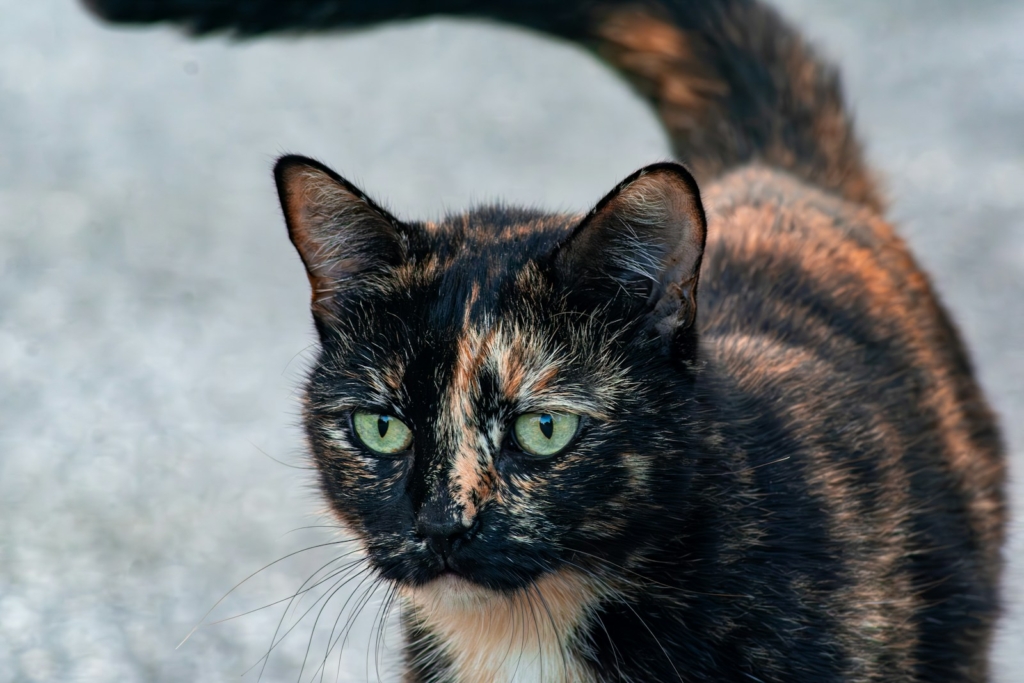
Historical significance
Throughout history, tortoiseshell cats have intrigued and captivated people from various cultures around the world. These felines, with their distinctive and mesmerizing coats, have often been the subjects of myths, legends, and folklore.
In ancient Japan, tortoiseshell cats were believed to bring good luck. They were often referred to as “tortoiseshell cats” and were thought to have the power to ward off ghosts and other evil spirits. Japanese sailors would even keep a tortoiseshell cat on board their ships to ensure safe and prosperous voyages.
In Celtic folklore, these cats were seen as mystical and magical creatures. It was believed that a female tortoiseshell cat could bring good fortune and health to her home. The Celts also believed that these cats had the ability to perceive and interact with the spirit world, often acting as guides or protectors for their human companions.
The tortoiseshell pattern was also associated with good luck and prosperity in the United Kingdom. In some parts of the country, it was believed that a young woman would marry wealthy if she stroked a tortoiseshell cat’s tail three times. This superstition led to a blend of reverence and affection towards these beautiful cats.
While many cultures saw tortoiseshell cats as bearers of luck and magic, others viewed them in a more scientific light. The unique coat patterns fascinated early geneticists, leading to numerous studies on X-chromosome inactivation and genetic variation. The blend of cultural myth and scientific curiosity ensured the tortoiseshell cat’s place in historical records and human fascination.
So, how did these fascinating felines gain such a mystical and revered status? Why was it that across different cultures and continents, the tortoiseshell cat was often held in such high regard compared to other feline variations?
Reflect on these ancient beliefs and consider their roots in the natural world. Could it be that the very rarity and visual uniqueness of tortoiseshell cats inspired these myths and legends? Or perhaps, their enchanting appearance was so starkly different from other animals that they naturally became symbols of something more profound and magical. What do you think led to the widespread mystique surrounding these cats?
Our understanding and appreciation of tortoiseshell cats today draw from a rich tapestry of cultural history and scientific exploration. This legacy continues to enchant and educate cat enthusiasts around the world, reminding us that there is often more to our animal companions than meets the eye.
Here’s a snapshot of how different cultures perceived tortoiseshell cats over the ages:
| Culture | Belief about Tortoiseshell Cats |
| Japan | Bringers of good luck and protectors against evil spirits. |
| Celtic | Mystical creatures that bring good fortune and health. |
| United Kingdom | Symbols of prosperity and luck, especially in marriage. |
Dive into the mystery—how did tortoiseshell cats weave themselves into the fabric of so many cultures? What was it about their unique appearance that captivated the imaginations of people throughout history? Reflect and explore!
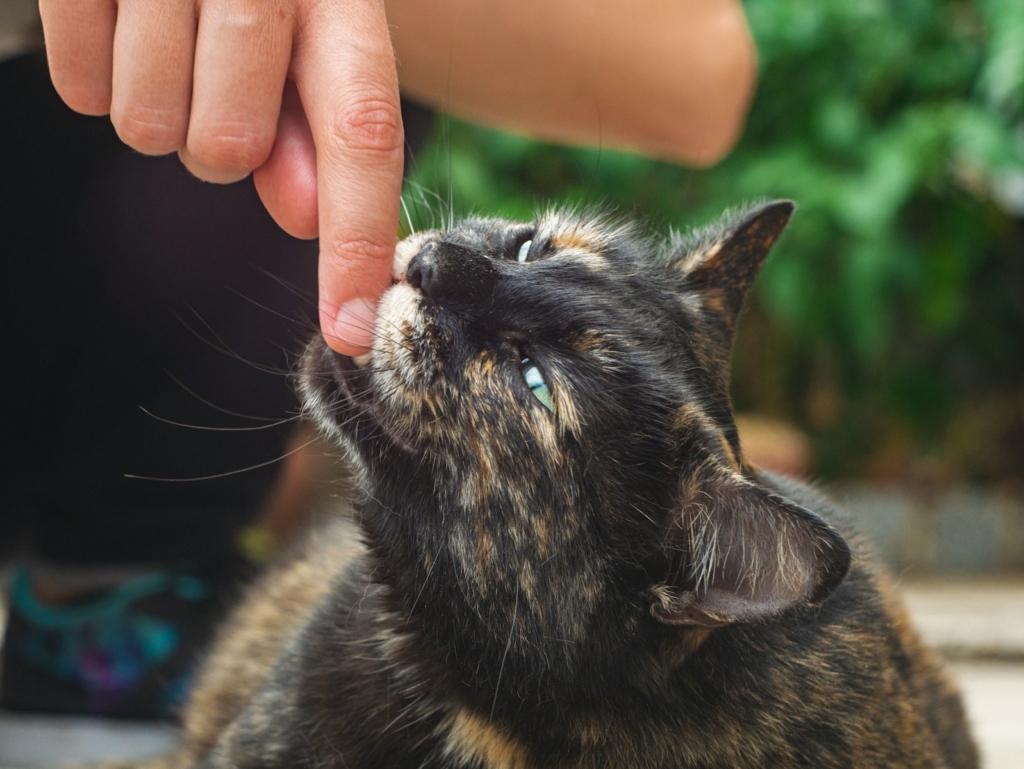
Breed recognition
The tortoiseshell color pattern is recognized in various cat breeds. While the tortoiseshell pattern is not specific to one breed, many formal cat breeds include it as one of their possible color variations.
Certain petigreed breeds are well-known to exhibit this fascinating coloration. Notably, the Persian breed, renowned for its long, luxurious coat and round face, includes tortoiseshell as an accepted color. Persians with tortoiseshell coats are often referred to as “tortie Persians,” showcasing the dramatic and beautiful mixture of black and orange patches characteristic of their breed’s plush fur.
Another breed where the tortoiseshell pattern is admired is the British Shorthair. Known for their dense coats and sturdy build, British Shorthairs with tortoiseshell patterns are equally stunning. The markings provide an additional layer of visual interest to an already beloved breed.
The American Shorthair, a breed famed for its varied and striking coat colors, also includes tortoiseshell as a recognized color pattern. These cats often display a more mosaic-like tortoiseshell pattern spread uniformly across their short, dense coats.
Additionally, the Cornish Rex and the Devon Rex breeds, known for their curly coats and playful personalities, also accept tortoiseshell patterns. Their unique fur texture adds an extra element of intrigue to the already intricate tortoiseshell color combinations.
Among the more exotic breeds, the Oriental Shorthair, which is related to the Siamese, can also sport tortoiseshell patterns. These slender, elegant cats often present tortoiseshell colors in striking contrasts due to their short, sleek coats.
While many breeds allow for the tortoiseshell pattern, it’s essential to note that some cats are disqualified from breeding standards where a uniform coat color is crucial. For instance, breeds like the Chartreux and the Russian Blue, known for their solid blue-gray coats, do not include tortoiseshell patterns in their standards.
Here is a concise list of breeds that formally recognize tortoiseshell patterns:
- Persian
- British Shorthair
- American Shorthair
- Cornish Rex
- Devon Rex
- Oriental Shorthair
Interpreting these accepted standards helps understand why tortoiseshell cats appear in various domestic and pedigree contexts. Enthusiasts and breeders often prize these color variations for their unique aesthetic appeal. While the tortoiseshell pattern can occur in non-pedigree cats as well, the breed’s inclusion of this pattern highlights its celebrated nature across the feline world.
The enduring allure of tortoiseshell cats within recognized breeds underscores their popularity and the genetic rarity that makes each cat unique.
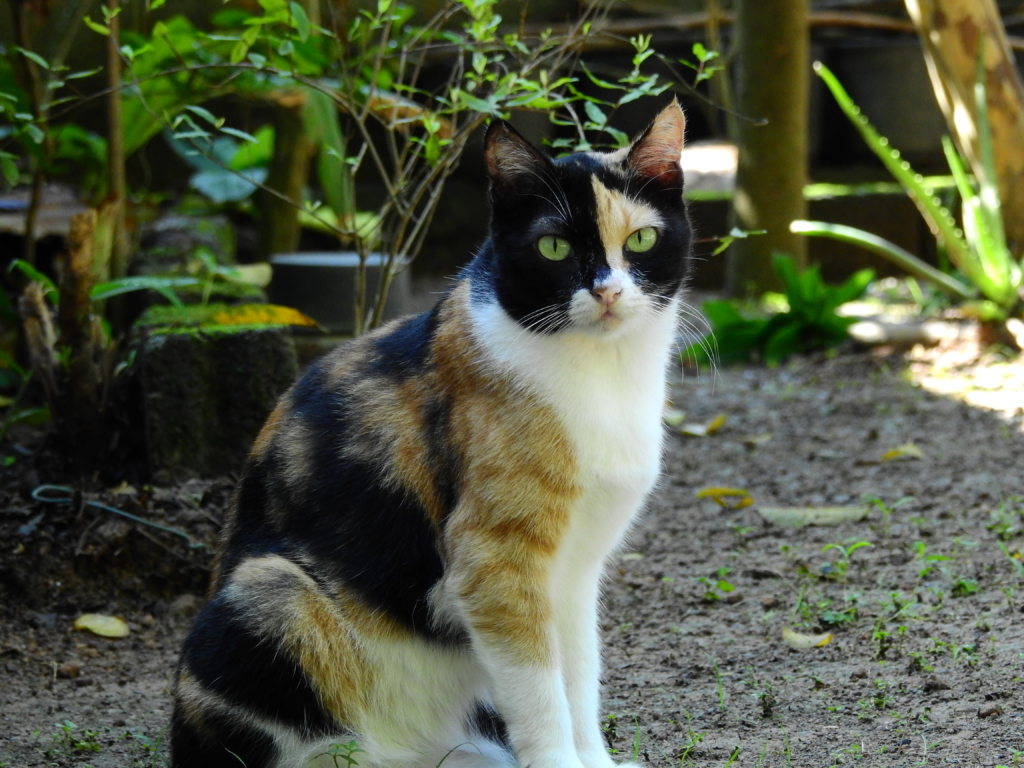
Fun facts about tortoiseshell cats
Fun facts about tortoiseshell cats, colloquially known as “torties,” add another layer to their already intriguing genetic and historical backdrop. Here are some stand-out tidbits that highlight just how special these cats are.
“Tortitude”
One of the most talked-about aspects of tortoiseshell cats is their alleged “tortitude.” This term is used to describe the belief that tortoiseshell cats often have a particularly strong-willed and sassy personality. While there is no scientific evidence to support the idea that a cat’s coat color affects their personality, many owners of tortoiseshell cats swear by the unique charm and independent nature of their feline friends. Hence, tortoiseshell cats often have a reputation for being spirited and opinionated.
Lucky Charms
Across different cultures and historical periods, tortoiseshell cats have been considered good luck charms. In Japanese culture, they are thought to ward off ghosts and evil spirits, while in the United Kingdom, they are seen as symbols of prosperity. The folklore continues to this day, with many people choosing tortoiseshell cats for their supposed good omens.
Unpredictable Patterns
The pattern of every tortoiseshell cat’s coat is unique, much like a human’s fingerprint. Even though they follow a general pattern of a mix of orange and black (or their dilute counterparts), the specific arrangement is always different. This trait adds an element of surprise and uniqueness to each tortoiseshell cat, making them particularly appealing to cat enthusiasts who appreciate their one-of-a-kind appearance.
Rare Male Tortoiseshells
As noted, male tortoiseshell cats are exceedingly rare due to their unique genetics. When they do appear, it’s usually because of a genetic anomaly such as Klinefelter syndrome, which gives the male cat two X chromosomes and one Y chromosome (XXY). Because of this rarity, male tortoiseshells often become the subject of significant interest and fascination in the cat breeding community and among geneticists.
The allure of tortoiseshell cats goes beyond their genetics and historical significance. Their unique appearance, quirky personalities, and various cultural touchstones make them a beloved choice among cat owners. Explore these fascinating companions further at Catster to discover even more about these remarkable felines.
